Making its FOG Design+Art debut, Kiang Malingue presents more than a dozen paintings, sculptures and furniture pieces by Chang Ya Chin, Cho Yong-Ik, Chou Yu-Cheng, Brook Hsu, Kyung-Me, Liu Yin, Nabuqi, Yu Ji, and Yuan Yuan.
Highlights include Brook Hsu (b. 1987, based in New York and Wyoming)’s The Oklahoma Nature Theater (2024), a recent work that echos her solo exhibition of the same title in Gladstone New York in November 2024. Alongside Hsu’s work are two new paintings by Liu Yin, who is known for creating an ongoing series of “fruit” paintings since the 2020s. Combining an interest in Chardinesque or Rubenesque compositions with a love for Japanese shōjo manga exaggeration of eyes and facial expressions, Liu brings peaches, strawberries, potatoes to life. The new painting Blueberries (2024) contemplates the physicality of the cute fruits, rendering them paradoxically rocky and floaty; Peaches on the mountain (2024) continues treating peaches, this time transforming the movement in Rubens’ Die Früchtegirlande, a masterpiece favoured for the fleshiness and hopefulness of the putti.
Two paintings from Chou Yu-Cheng’s (b. 1976, based in Taipei) 2020 series of “Water, Synchronous, Sediment, Substance, Flow, Diachrony, Color” bridge the artist’s longstanding interest in producing spatial forms and his masterful handling of compositional intricacies. Chou has to fine-tune the balance between clear water and paint particles on paper when creating gradient paintings, likening the artistic/meditative process to sedimentation and pollution of rivers over a long period of time: alluding to the political, social and environmental factors that concern the artist, the gleaming pieces foresee the arrival of important later series such as “Moody” and “Bibliotheque”. Kyung-Me’s (b. 1991, based in New York) works on paper in recent years employ a perspective that produces mirror effects along the centre, carefully arranging a sequence of interior environments by juxtaposing Eastern and Western artefacts, relics, curios and furniture pieces from different periods. Eclectic and anachronistic, The Clock (2024) is similar to The Clocktower created in 2023, but is much more concerned with the pseudo-organic, bodily relationship between the monumental object and the tentacular background.
One of the most important Chinese sculptors of her generation, Yu Ji (b. 1985, based in New York and Shanghai) creates sculptures that are at once elegant and brutal. Her remarkable series of “Flesh in Stone” cement figures explore the fragmented nature of human bodies and propose a novel type of perfection. Having shown her works at Sadie Coles, Centre Pompidou and Kiang Malingue in 2024, Yu has created Flesh in Stone – Tiny Figure 2401 (2024), the latest “Flesh in Stone” piece, and Half Peel Half Pulp – Camachille (2024), a sculptural object inspired by her experience in a self-organised residency program in Phnom Penh, Cambodia in 2024.
Chang Ya Chin (b. 1985, based in Hong Kong, New York and Austin) depicts a variety of region-specific food and delicacies in the manner of classical still life. Having received rigorous training in academic and classical traditions in Florence, Paris, and New York since 2015, Chang makes modestly-sized, placid compositions in which contemporary objects are in contrast with traditional methods and techniques of still life. Chang’s new painting Search & Rescue: Egg Tart (2022) demonstrates her distinctive compositional clarity, and the ambiguity of her absurd stories: the egg tart in transit, too heavy for the helicopter, is either being rescued after a terrible accident, or is being transported for a mission ahead.
Penetrating the surfaces of Yuan Yuan’s (b. 1973, based in Berlin) hyperreal, claustrophobic paintings is an air that freely flows, breathing life into invisible textures and unnoticed qualities. Celebrated since 2008 for his ability to envision and construct impossible spaces (such as the interior of a private submarine that leaks, or Al Capone’s cell in Philadelphia’s Eastern State Penitentiary), Yuan returned in Diagonals or unexpected (2020) to one of his favourite motifs—old windows—measuring the liminal space where movements stop and begin.
Cho Yong-Ik (1934 – 2023) was a rogue Dansaekhwa master who developed a singular painting practice since he was first introduced to the international art scene in the 1960s. Cho differentiated himself from other Dansaekhwa artists by permitting subtle hints of colour to grace his work, whilst remaining true to the emphasis on natural, energetic materiality. 19-6013 (2022), finished one year before his passing in 2023, represents an awe-inspiring oeuvre that celebrates life in meditative moments, and the possibility to reconcile collective order with individual freedom.
FOG Design+Art | 308
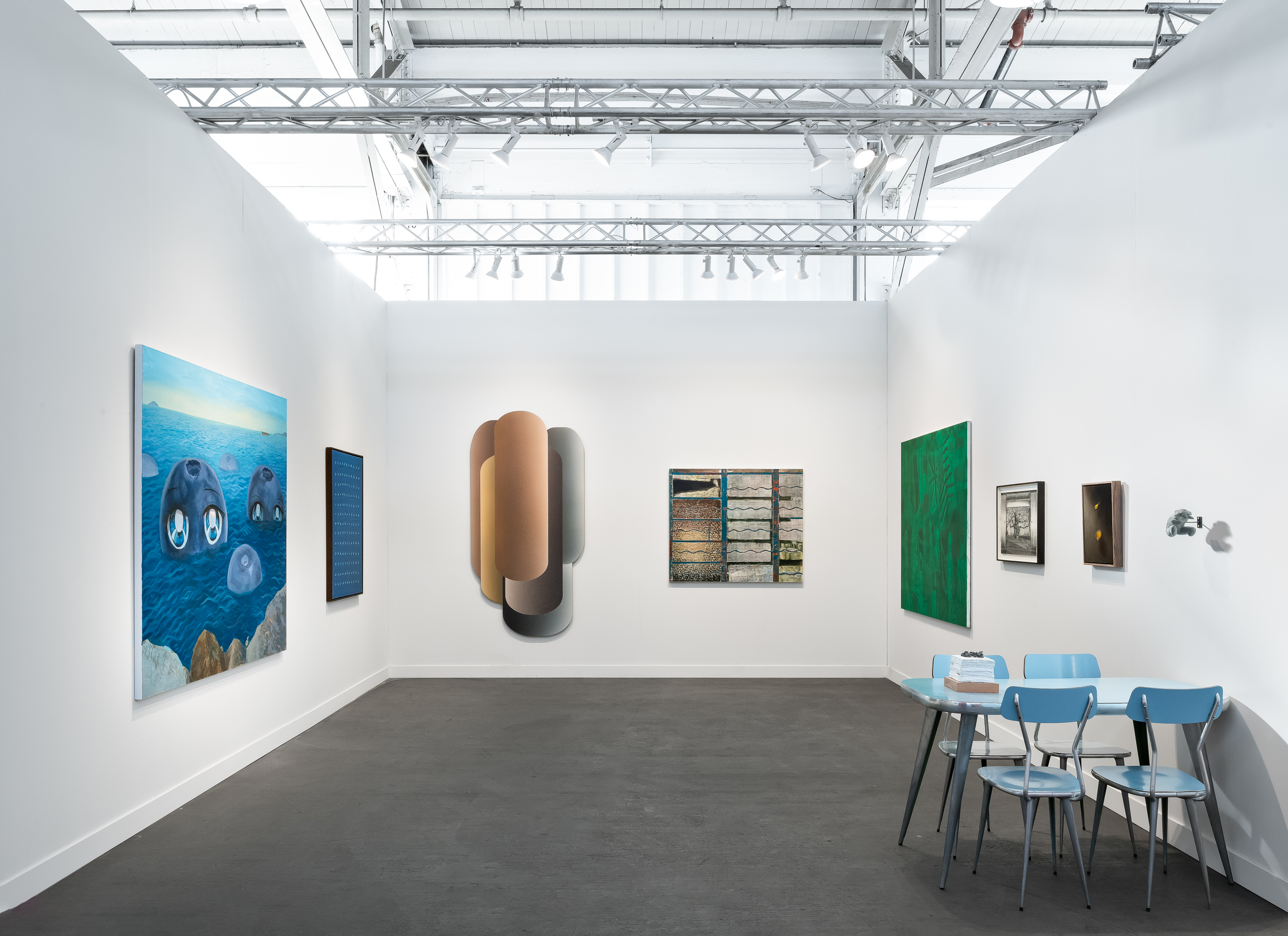
Photo by Phillip Maisel.
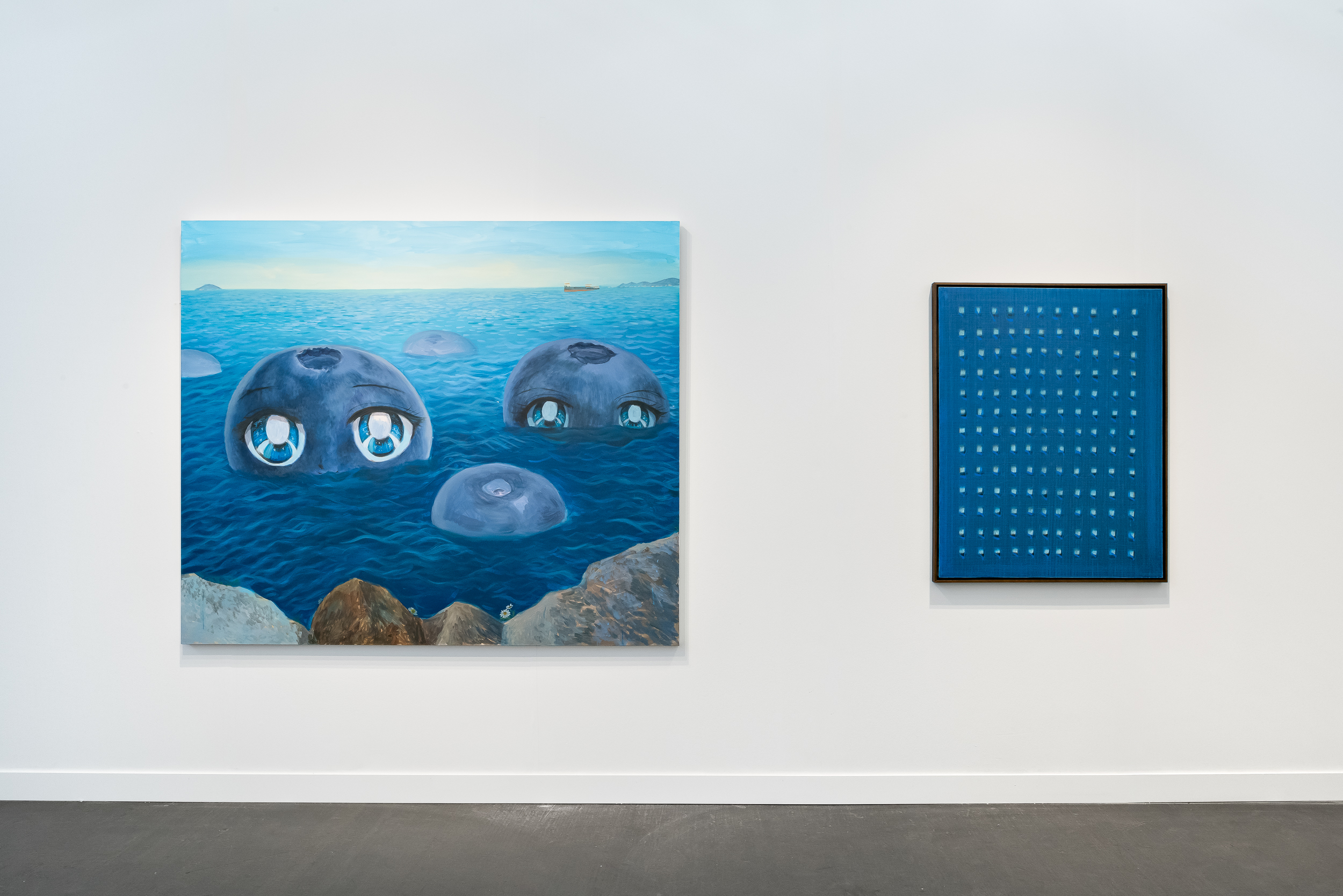
Photo by Phillip Maisel.
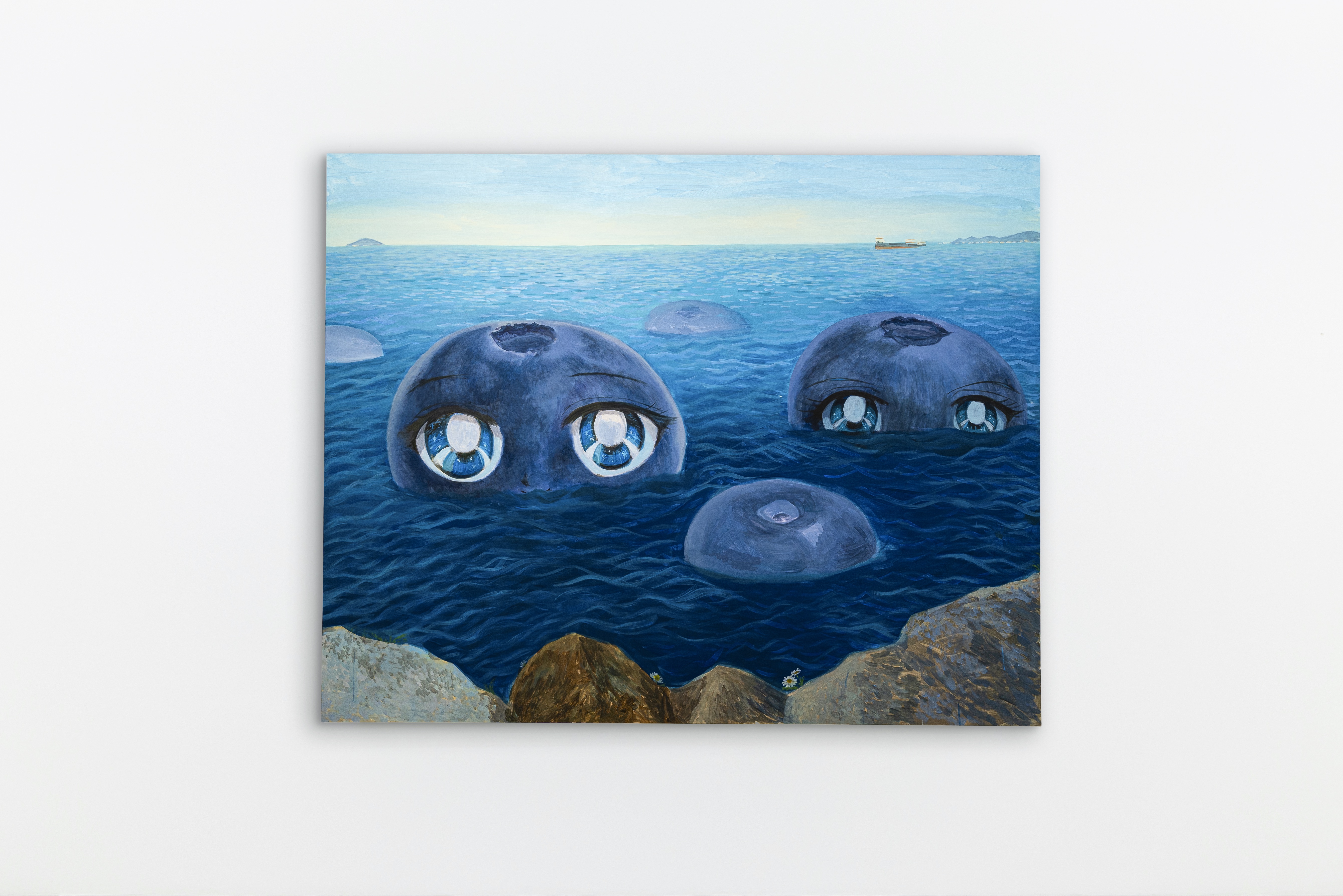
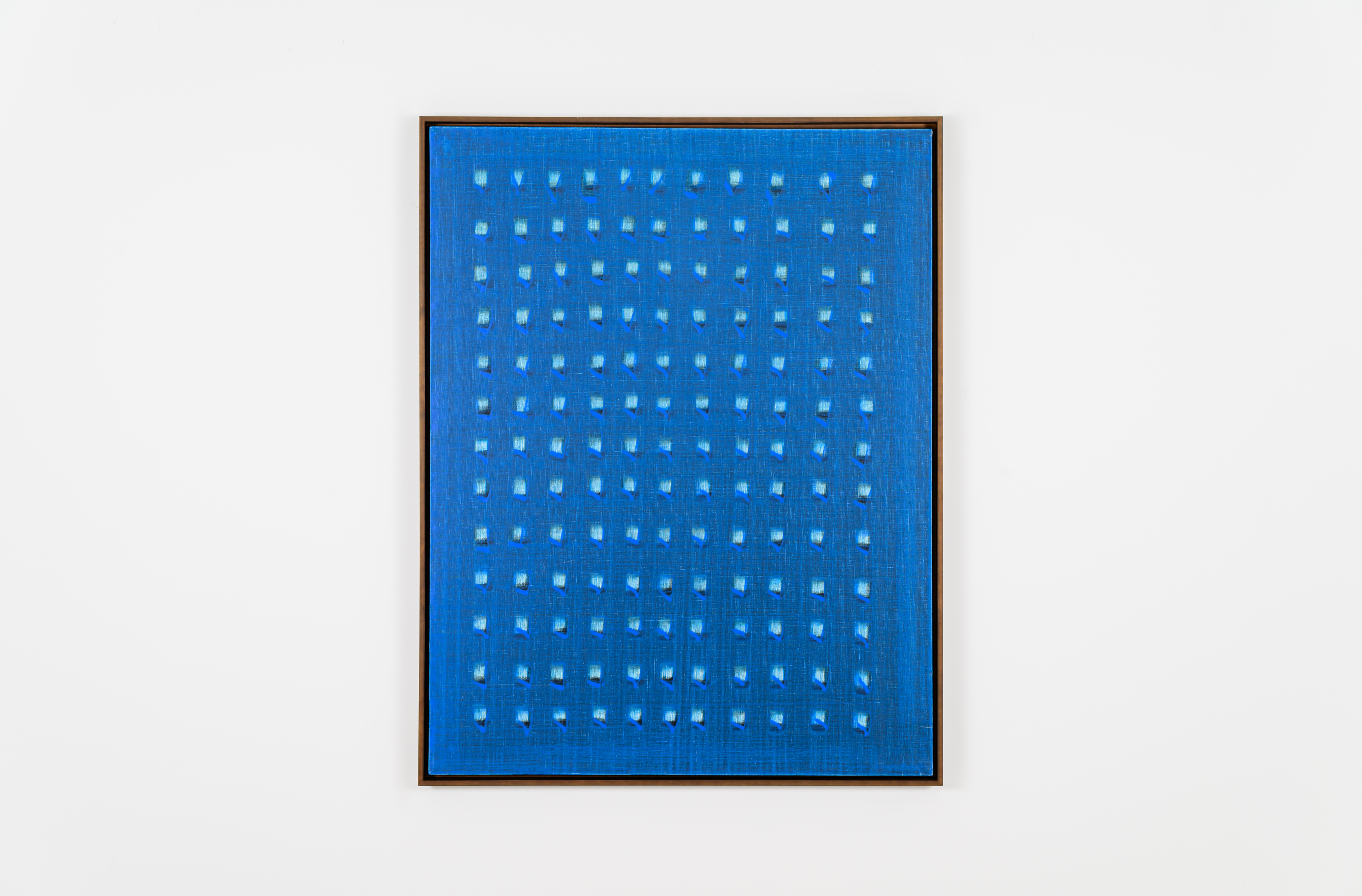
Framed: 120.5 x 94.4 cm
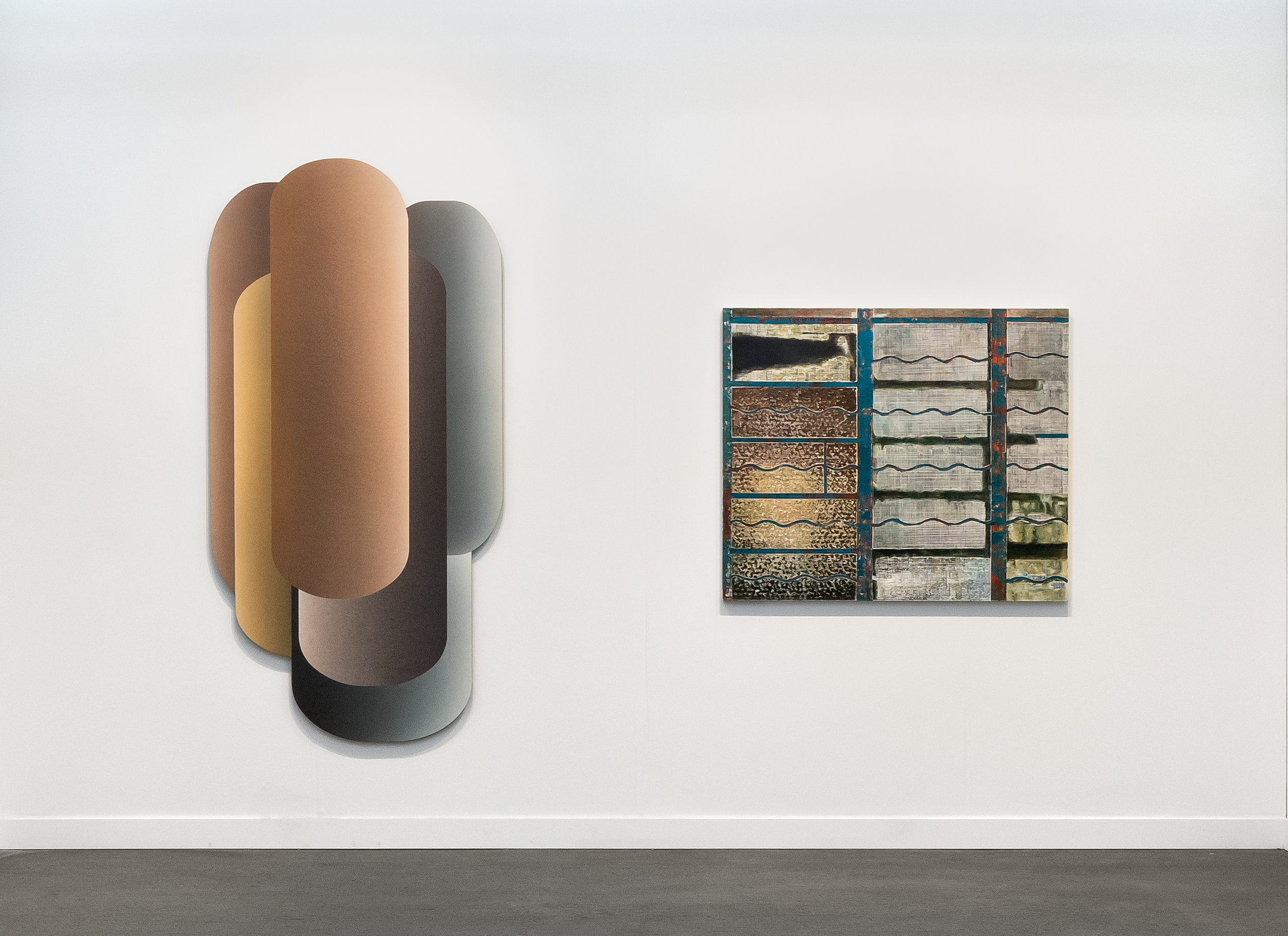
Photo by Phillip Maisel.
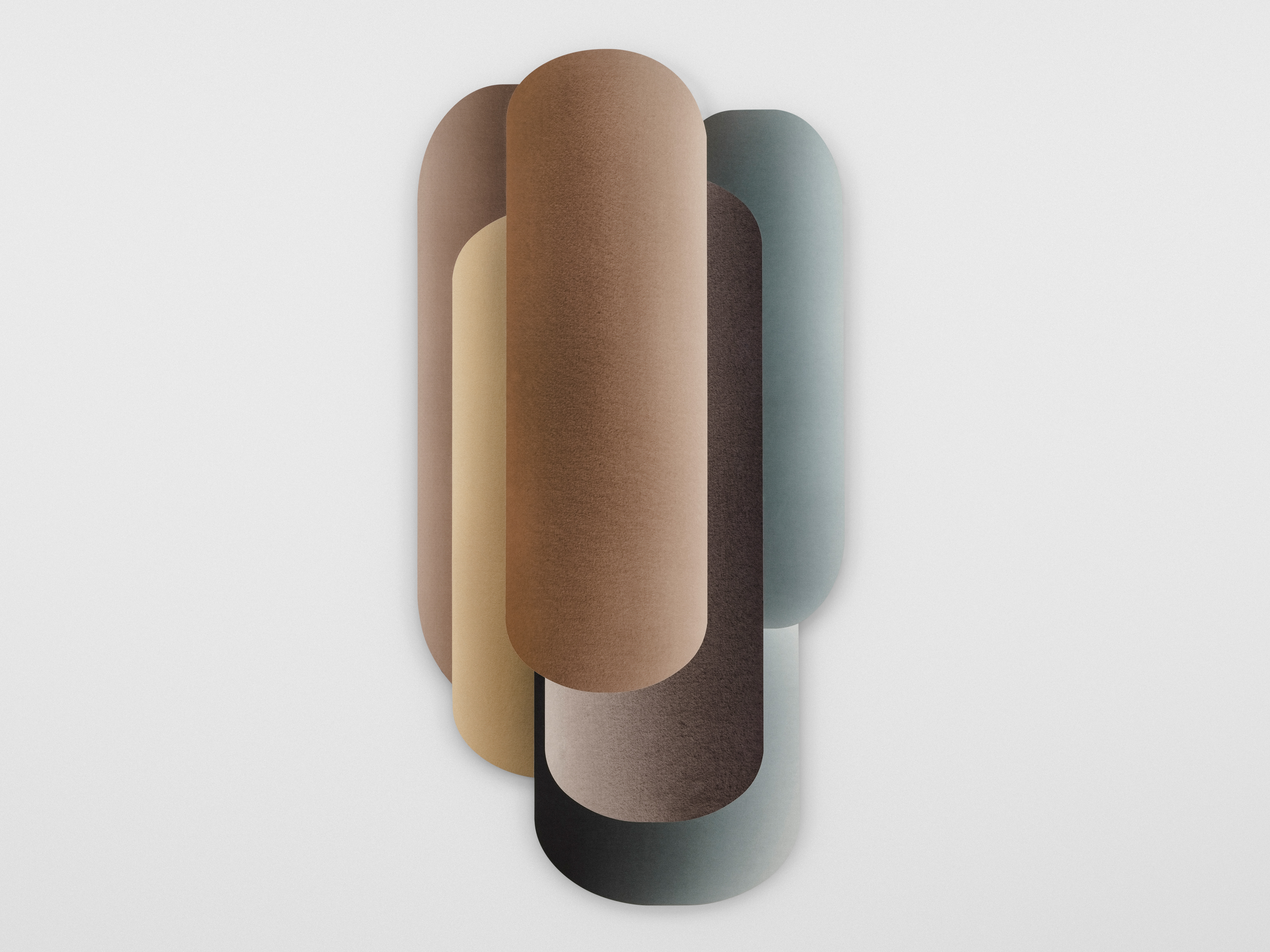
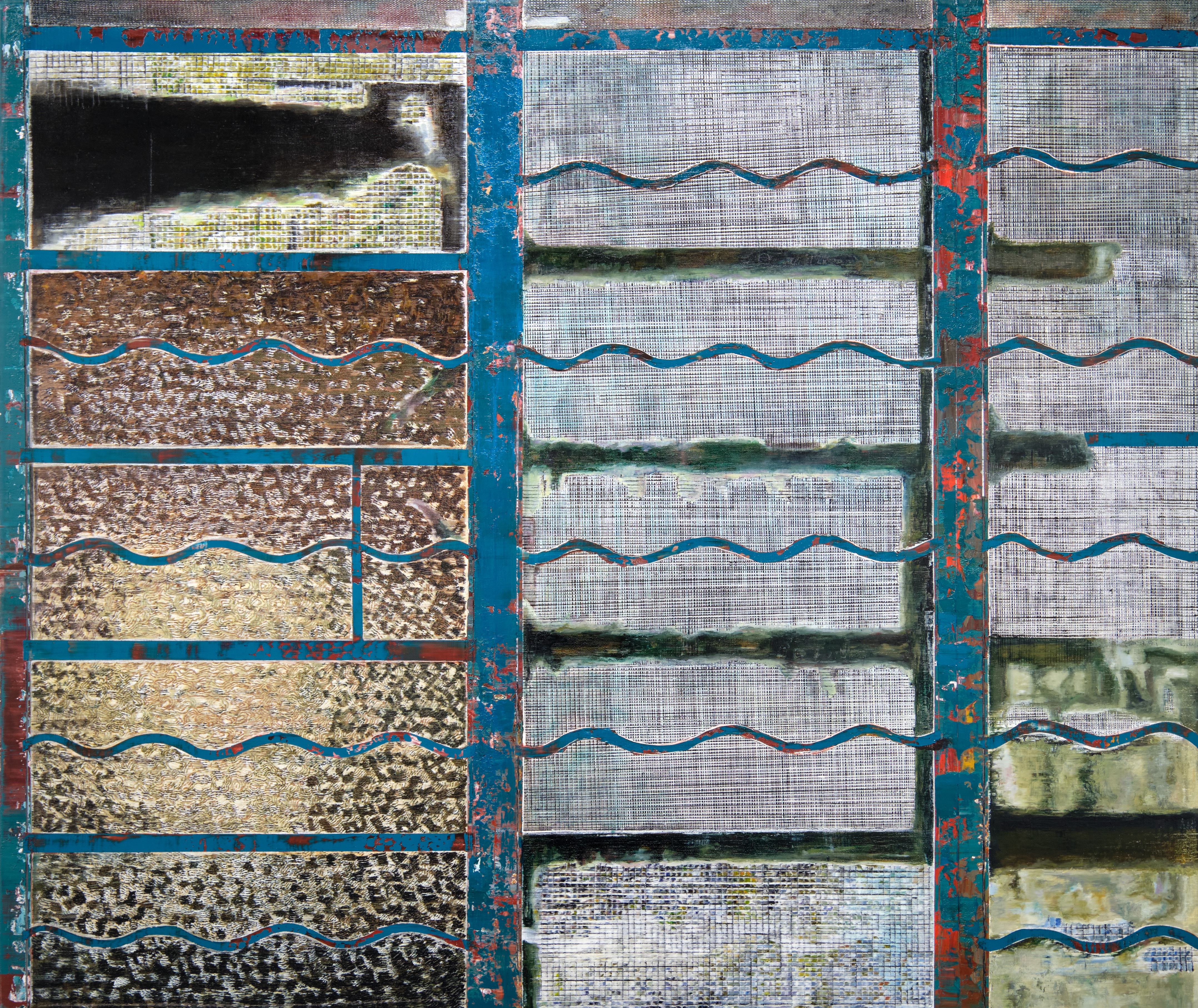
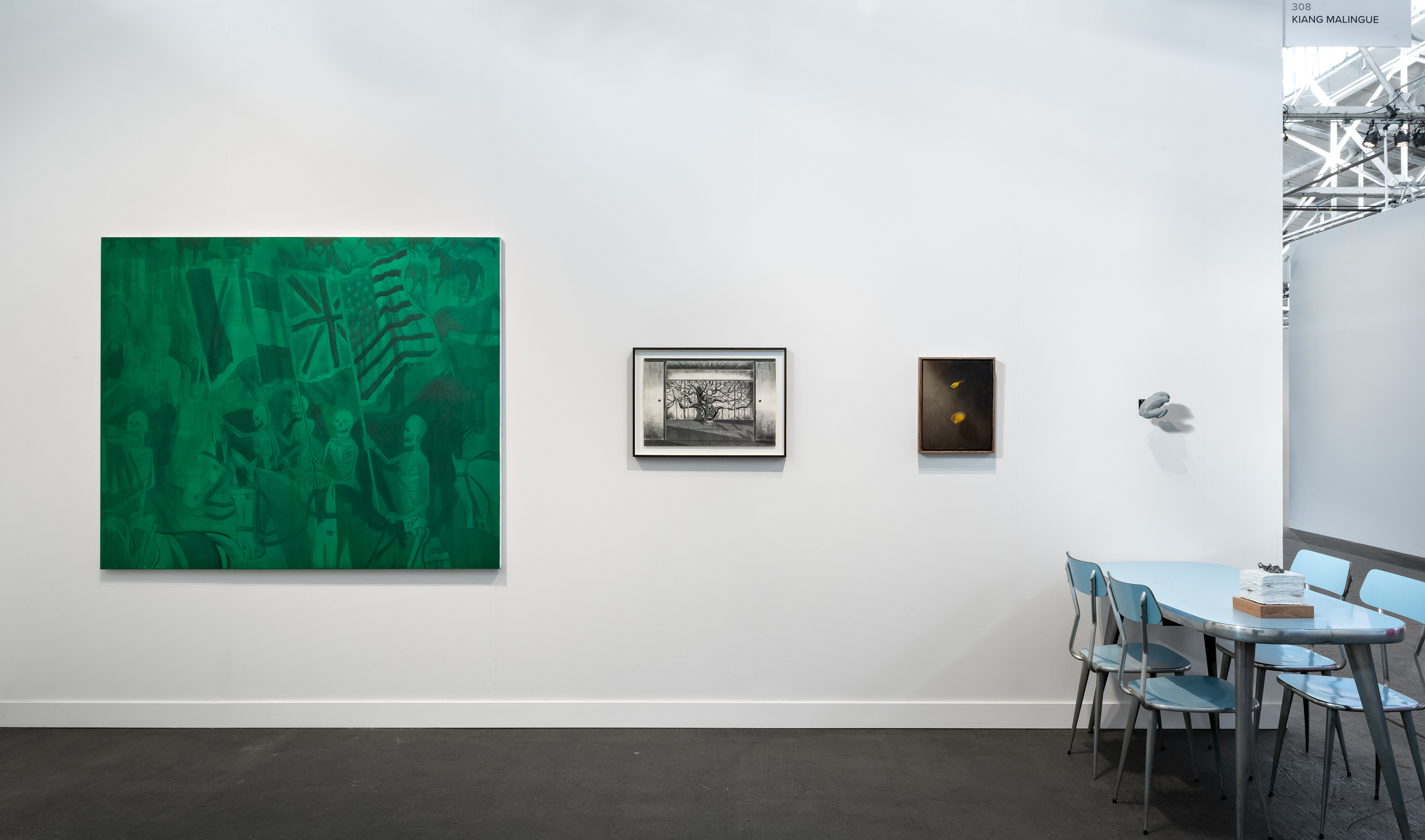
Photo by Phillip Maisel.
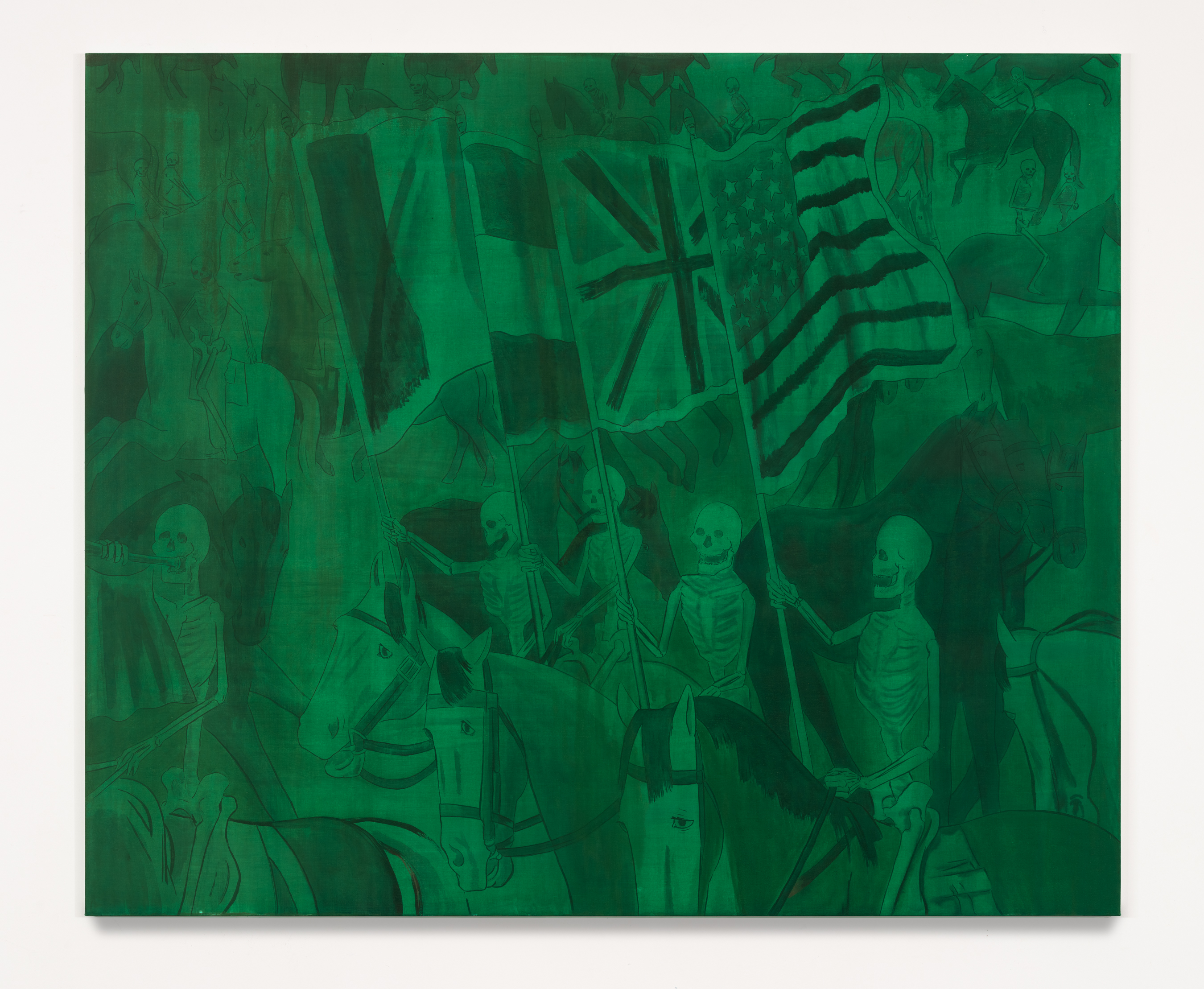
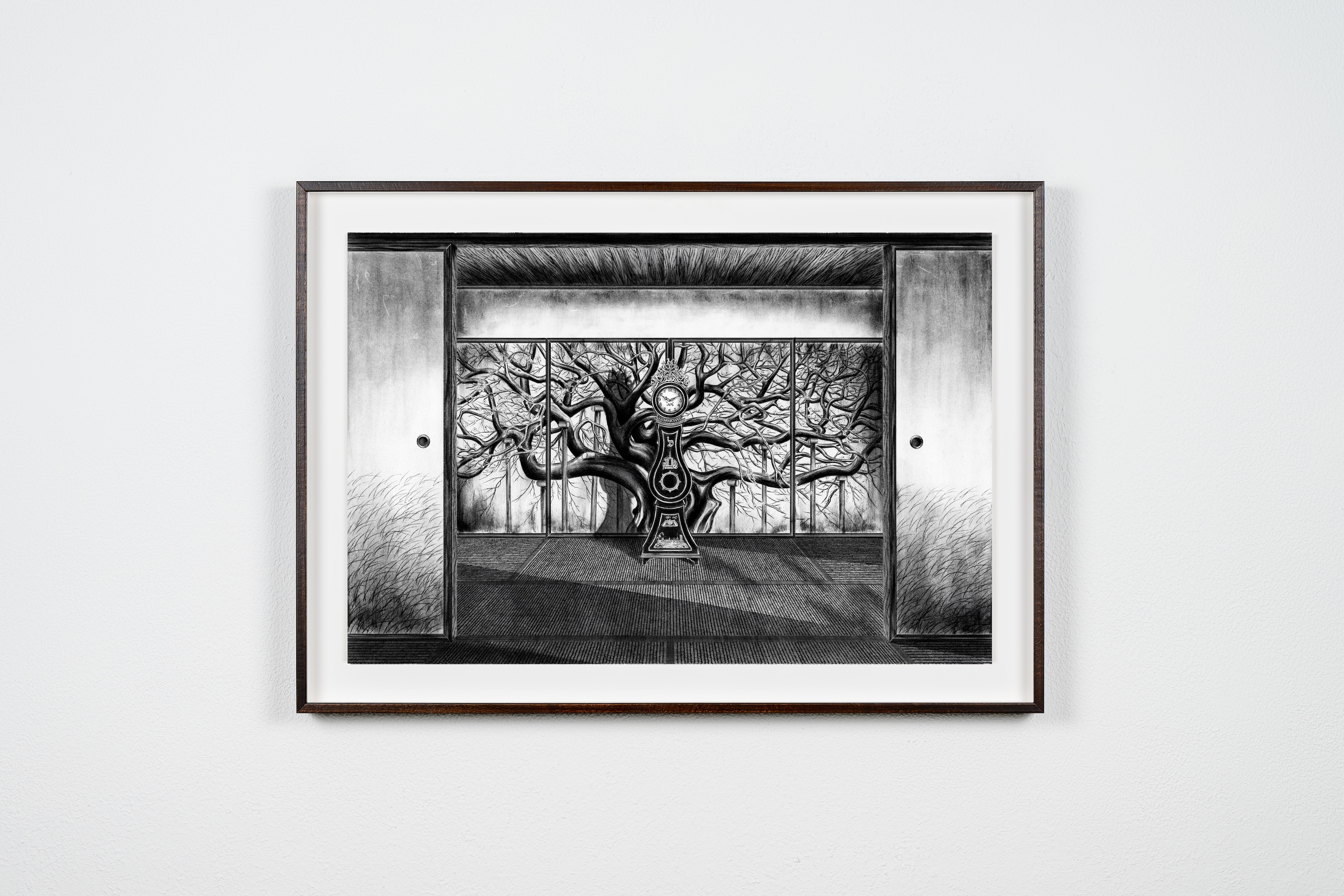
Framed: 50.3 x 70.5 cm
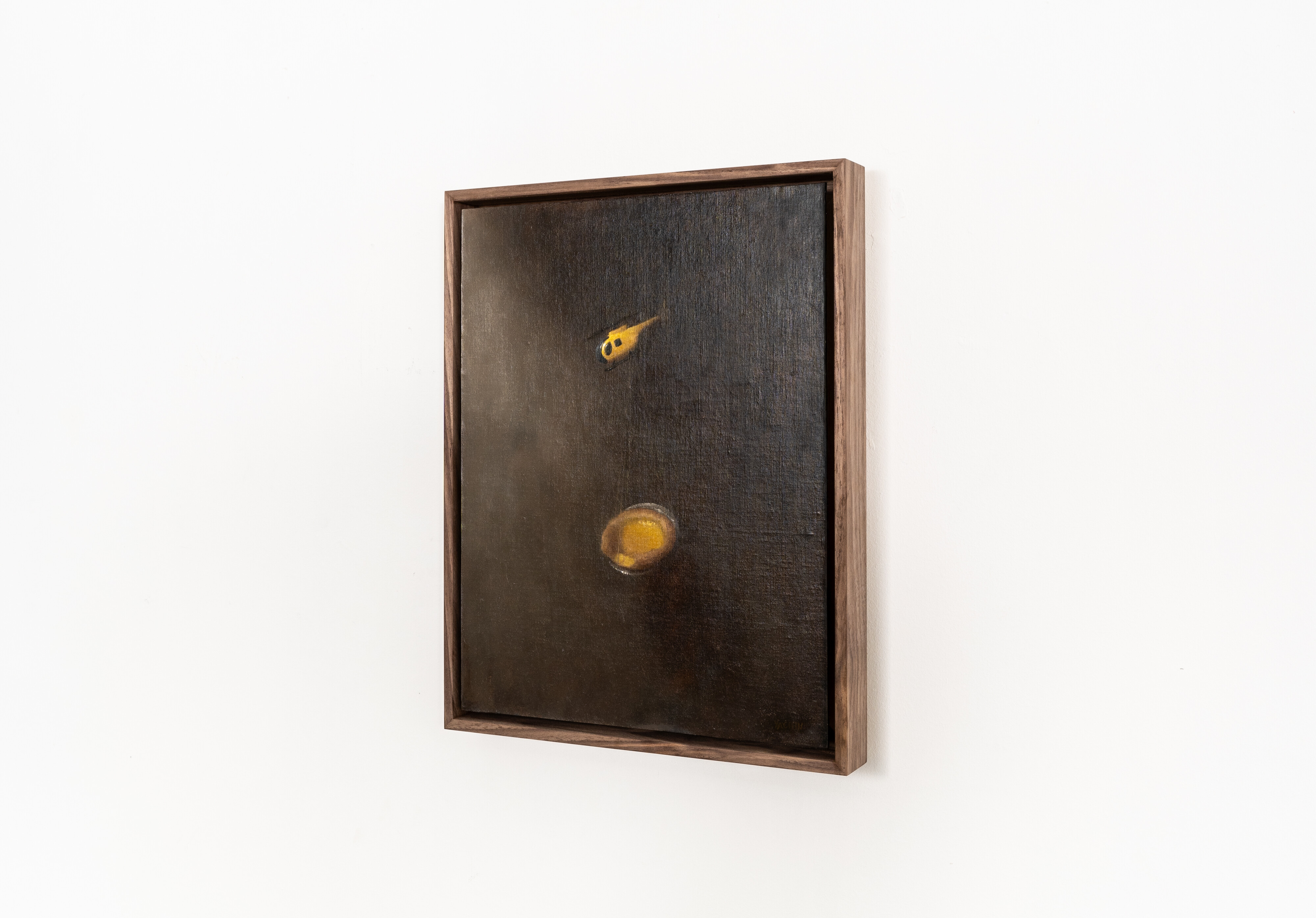
Framed: 44 x 34.6 cm
